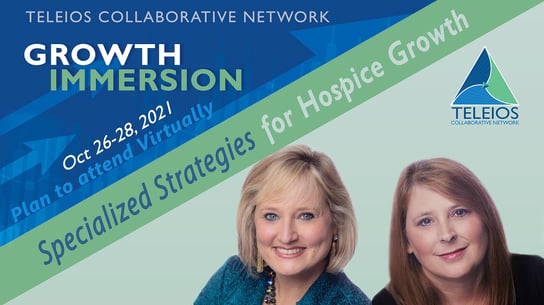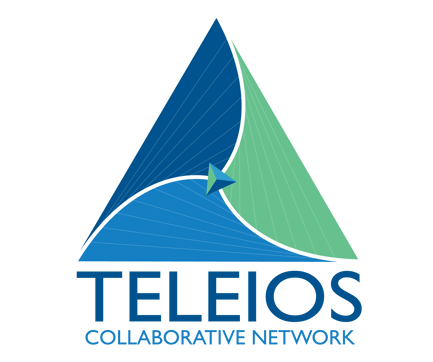Last month, I led TCN’s bi-annual Growth Immersion, a sales training offered exclusively to not-for-profit hospice providers. We had considerable issues with our audiovisual equipment. And, when I say, “considerable issues,” I mean that, if it could have gone wrong, it did. Despite the many challenges of technology, our participants gave us overwhelmingly positive feedback about the content and felt that their time had been well spent in our training. I am confident that this positive feedback was given because my colleague, Stephanie Lucas, and I were prepared. We knew our material, backwards and forwards, and we are comfortable with the content. Beyond just having the knowledge of our material, we both fully believe that each hospice-eligible patient should receive the gift of hospice services, and they should have those benefits as early as possible in the terminal phase of their illness.
Sales is a lot like that experience. Regardless of how well we do our pre-call/visit planning, sometimes things just don’t go as planned. To reference the adage, “The best-laid plans of mice and men often go awry.” However, the time and energy we invest in pre-call planning enables us to navigate any unplanned issues and use our time wisely. Had Stephanie and I not been fully prepared, we may have taken the path that our technology did, which seemed to be ‘oh well, it’s just not going to happen today.’
We must remember that each visit that we make is an investment in our relationship, and those investments must be geared toward growing referral volume. Quite simply, we don’t want to waste our own time, or waste the time of our referral partners, and this is ONLY possible through comprehensive pre-call planning.
Pre-call planning should involve a review of our referral partner’s utilization of hospice services. We want to understand how fully (or not) the referral partner uses hospice, and which providers s/he prefers. This information is now readily available for purchase of Medicare Claims data, and TCN strongly recommends that organizations invest in this data.
Pre-call planning should also involve a quick analysis of the referral partner type (hospital vs. skilled nursing center vs. physician practice vs. assisted living community), and the challenges that that industrial segment is currently facing.
Pre-call planning should also involve a quick review of notes from prior visits/calls to ensure that we know where we are in the sales cycle. TCN recommends to always include “NEXT STEPS” as a final sentence in call/visit notes to easily provide a personal reminder of what needs to happen in the next visit/call.
And, most importantly, pre-call planning requires that we take whatever information that we have about each specific referral partner to develop a specific value proposition for them. In other words, we need to have a basic understanding of how our hospice organization’s services can help support each individual referral partner, so that we can eloquently provide this value proposition to them.
The five or ten minutes spent in planning for each visit/call to each referral partner can serve to position hospice sales professionals as value-added consultants to our referral partners, and by serving as a value-added consultant, we are able to positively affect the number of people who are blessed by hospice services.


Specialized Strategies for Hospice Growth
coming October 26-28, 2021 - Virtually

WANT TO IMPROVE YOUR LEADERSHIP SKILLS?
attend our LEADERSHIP IMMERSION
October 4-6, 2021 Learn More

An organizational model that allows not-for-profit hospices (Members) to leverage best practices, achieve economies of scale and collaborate in ways that better prepare each agency to participate in emerging alternative payment models and advance their charitable missions.






